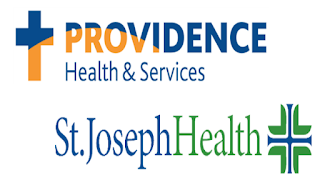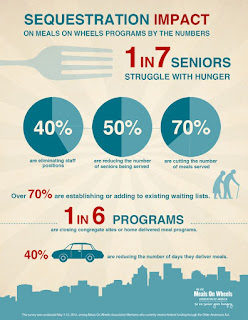Solutions to Helping End Hunger

The Daily Meal has a rather sobering stat, "In 2016, it was estimated that more than 41 million Americans lived in a food-insecure households." Google proposed solutions to end hunger in America, about 1,010,000 results pop in (0.68 seconds). A variety of solutions is offered make more donations to food pantries(food and money), volunteer for soup kitchens and volunteer your time for food drives. Increase money for school lunches for kids in low-income housing, open SNAP beneifits to more middle class families that struggle to get by such as paying bills and trying to feed their family. In Bill Ayres, "Ten Ways to End Hunger", number six on the list is to "Avocate for an increased minimum wage." "As the cost of living rises incomes are not keeping up and many people are finding they have to cut food costs to pay their other bills and expenses. Increasing the minimum page is a lasting way to reduce hunger and bring people out of poverty. He al...








